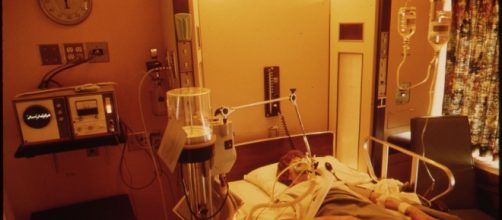A new study found that a certain kind of nerve stimulation treatment currently used in patients with depression and epilepsy is also capable of restoring the Consciousness of a person who has been in a Vegetative State for over a decade.
The study, published in the journal Current Biology, showed that surgically inserting a stimulator in the vagus nerve can help patients who have been in a vegetative state for a long time regain consciousness. This clearly challenges the popular notion that consciousness disorders are already irreversible once they have continued for more than 12 months.
Stimulating the vagus nerve can bring back state of minimal consciousness
In order to determine if it’s possible to restore consciousness using vagal nerve stimulation (VNS), neurosurgeons implanted a nerve stimulator into the chest of a 35-year-old man who had been in a vegetative state for 15 years.
The researchers observed that the patient’s attention, movements, and brain activity significantly improved with just a month of VNS. Furthermore, the stimulation made it possible for the patient to react to simple orders and “threat,” which had been unlikely before the treatment. This means that the man has entered the state of minimal consciousness after being in a vegetative state for over three decades.
VNS resulted in significant improvements in brain’s functional connectivity and metabolic activity
Stimulation of the vagus nerve also resulted in an increase in metabolic activity in both cortical and subcortical regions of the brain. Recordings of brain activity showed a significant increase of the theta EEG signal in areas of the brain involved in awareness, movement, and sensation.
The theta EEG signal is important in identifying the state of consciousness of an individual.
The vagus nerve is considered to be the longest nerve in the human body. It plays a crucial role controlling various body parts, including the heart, lungs, and digestive tract. According to Mayo Clinic, VNS is done by surgically inserting a device under the skin on the chest.
The implanted device sends an electric impulse along the vagus nerve to the brain stems and are then relayed to certain areas of the brain.
At present, vagal nerve stimulation is commonly used to treat epilepsy that does not respond to other treatments. It can also be used to manage hard-to-treat depression that hasn’t responded to conventional therapies.
With the positive result of the study, the researchers plan to conduct a large collaborative study to confirm and extend the therapeutic potential of VNS in patients with no or minimal consciousness.


